
Firemn260
-
Posts
24 -
Joined
-
Last visited
Content Type
Profiles
Forums
Articles
Gallery
Downloads
Events
Posts posted by Firemn260
-
-
-
Wire wheel is as far as I go on any of my anvils. I’m going to give it a good once over this evening and see what I can find.
-
Hauled a tractor for a lady who’s husband recently passed. Noticed the anvil in the weeds. I asked her if she wanted to get rid of it and she said to take it, it’s to heavy for me to move. I gave her 100 bucks anyway and she was thrilled.
only found some numbers on it so far, which look like 184. It looks like a PW or maybe a HB but I’m not a anvil expert. Has very good ring and rebound.
I thought maybe it just had a hardened steel face welded on but looking closer I’m not so sure.
what do you guys think?
-
Yes but I havnt plugged the motor in yet to see if it works. The hand crank seems to move air pretty well though. I think I'll just fab up a damper to restrict some air flow and try it on my forge. Better than a hair dryer I guess
-
Yes the basement of my fire station was a fallout shelter and that's were I got it from.
-
-
My dad works at the b an o railroad museum and they just pulled this out of storage. At least 500lbs plus the stand. I couldn't find any markings on it but I didn't give it a real close inspection either. It looks to be cast and has a real thick top plate maybe 1 1/2". I didn't get to bang on it but it appeared to be in real good shape. I figured you all would like to see it. I sure enjoyed oogling it.
-
Mastering the reverse blow while shoveling it in has always worked for me.
2 hours ago, Frosty said:Good grief MAN, stay out of the shop if you've had a nerve block done on your appendages! There IS a difference between cheese warm enough to get gooey and deep frying yourself in it you know.

Maybe IFI should take up a collection and buy you an aluminized fire suit to wear around the fire place. I should've realized you're thermally challenged when you said you burn your mouth on hot pizza cheese often. I blow on mine till it won't leave scars on my tongue.
Frosty The Lucky.
My father was a airport firefighter I have one of those reflective fire suits. They are rated for direct flame impingement
-
5 hours ago, Takeru691 said:
That's the reason why i wear a glove on my tong hand , so it does not smell like burnt pig.
Funny you say that. I started wearing a welding glove and now it smells like burnt cow lol
-
-
I have a hypertherm 30 and for as small as it is it packs a lot of power. You did real good.
My only advise is learn how to use guide bars when cutting something if you want it strait unless you have a real steady hand, which I don't. They make all kinds of guides with rollers and such for cutting different shapes. The ultimate would be a CNc table. I used one at a duct metal shop I worked at and as long as you can use a computer you can cut anything.Thinner material you can run the top right on the metal. Thicket you want to pick it up about a 1/8 the of a inch. I am no means a pro I'm just going with experience with mine.
-
Oh yeah I did. Now I need to find a nice black smithing hammer. My Home Depot sledge just didn't have the nostalgia.
Its very nice to use. At 20 psi it didn't take long at all to get up to temp.
-
Many thanks to all the great members of this forum especially frosty who had a answer to all my noob questions. I haven't coated the inside with ict 100 yet but it got up to temp pretty quickly.
My build was a oxy cylinder with two layers of 1" koawool sealed with satanite and a castes refactory floor. I'm going to finish it of with a ict 100 coating but I'm happy with it so far.
-
Thank you so much for the help.
I really enjoy this forum
-
1 hour ago, timgunn1962 said:
Sodium Silicate comes in various densities. I think the units normally quoted are degrees Twaddle and my supplier sells both 140 and 75 and other sources may be different again. It means that it's difficult to come up with a simple dilution ratio in the form X Sodium Silicate to Y water.
I have found that diluting with tapwater to give a solution density of between 1100 and 1150 grams/litre gives a rigidizing solution that seems to work about the same as the commercial colloidal silica rigidizer in a forge application: I think it works out to around 17 1/2 to 18 1/2 Ounces per US Pint, but I'm not really familiar with the US units.
Thank you for the info. I have a pint of a rigidizer I got from a foundry supply company. I'm guessing it's mixed at the right ratio. I all new to this but I'm starting to understand what it all does.
-
2 hours ago, Frosty said:
That explains a lot. No comment on Dave H. designs.
Frosty The Lucky.
I'm using what I had laying around is why I'm going off the super c design. Feels good to be able to utilize "junk" that my wife hates laying around. I'm glad to asked before buying stuff I don't need.
Thanks for the tip on the bottom cylinder.
Wouldyou think if I made my forge a little longer than 8" I could still get away with one 3/4" burner? It's 8" in diameter.
-
It's based off the super c design by Dave hammer with a few of my own modifications thrown in. I'm only doing knives for right now but I saved the rest of the cylinder for a longer forge and my bowling ball cannon.
-
I'm using one inch blanket but I'm not sure of the density because it was given to me. My forge will have hard brick doors at both ends.
I have a rigidizer and then it will be coated with satanite then itc 100. I was hoping to get away with not having to use the silicate as adhesive.
-
I'm building a forge out of a oxygen cylinder. I have all the materials to build it but a adhesive to hold the Kaowool in. I'm using 1" blankets that will result in 2" of insulation. I wand to bond the wool to the inside of the forge and then bond the second layer to the first. I'm aware I'm supposed to use sodium silicate but not sure we're to get it locally or the right mixture that's required. Thanks
-
2 hours ago, ThomasPowers said:
what percentage is "pretty well"???
Steel faced cast iron anvils are quiet which is a plus; but they tend toward the lower end of the real anvil scale---unless they are a fisher which ranks quite well on my version of the scale. My current using anvils in my shop are Peter Wright, Fisher, Hay Budden, Powell and Arm and Hammer (NOT Vulcan)
It bounced up almost as high as I dropped it. Will cast iron rebound at all? I was tapping all over it and it seems to bounce back. It may be cast steel? I'll take better pics in the morning
-
17 minutes ago, Frosty said:
Welcome aboard Fireman, glad to have you. Please don't take a welder to that anvil, she's in darned good condition the HAZ will effect the heat treat on of the face and not for the good. At most radius the chipped edges a bit. Like John says, sharp edges are NOT desirable. If sometime down the line you NEED a crisp edge or perfect, read polished, face weld a shank to a piece of steel and use it as a bottom tool. You can make virtually any tools you need fit a hardy hole just depends on your imagination and skills sets.
We'll help you think of new and unimagined before bottom tools, you betcha.

I can't tell you what she is or might be, looks cast to me. Your file says the face is hardened so I believe she's either a steel face foundry welded to a cast iron body or a cast steel anvil. Unmarked ones aren't common but anvils and swage blocks were Journeyman founder's projects in some shops. The Alaska Road Commission was a shop in case, back in the day they actually ran their own foundry.
A little power brushing on the sides then chalking and wiping will bring out any stamped in lettering for photographing, if it existed or hasn't been wiped out. Oblique lighting helps bring out lettering as well.
Frosty The Lucky.
Thanks for the warm welcome. I will not weld on it. It really isn't that bad I guess. At least the face is flat. I am going to clean it up real good and take some better pictures. I guess it really didn't matter who made it to me as long as it serves my purpose. Is cast iron with a steel face all that bad? Should I have traded less for a possible no name anvil? I did do a ball bearing test on it and it bounced pretty well.
-
I apologize I'm new to the forum. I'm in USA east coast. It does have a depression in the base. I just can't find any markings on it. No handling holes.
6 minutes ago, the iron dwarf said:if you only want the anvil to display and not to use then fix the edges, getting the metal around the weld hot will affect the heat treatment, what makes you think the top plate is 3/4" thick and what type of hardness tester did you use
I can see a distinct difference in the metal. It's not delaminated or anything though. I used a file to check for hardness. I am a newbi when it comes to these things so please forgive my ignorance to the subject
I do plan on using it to forge blades
-
I picked up my first anvil in trade for some vintage ammo. I figure I got it for about 450 worth of rounds. It's 210 lbs verified on a scale. Has a 3/4" thick hardened face has good rebound but no ring at all. The face is nice and flat but has a few chipped edges. I can not find any markings on it at all so I'm not sure who it was made by or when. Could anybody tell me anything about it. It's it a good trade and should I fix the edges with some 7018? Thanks
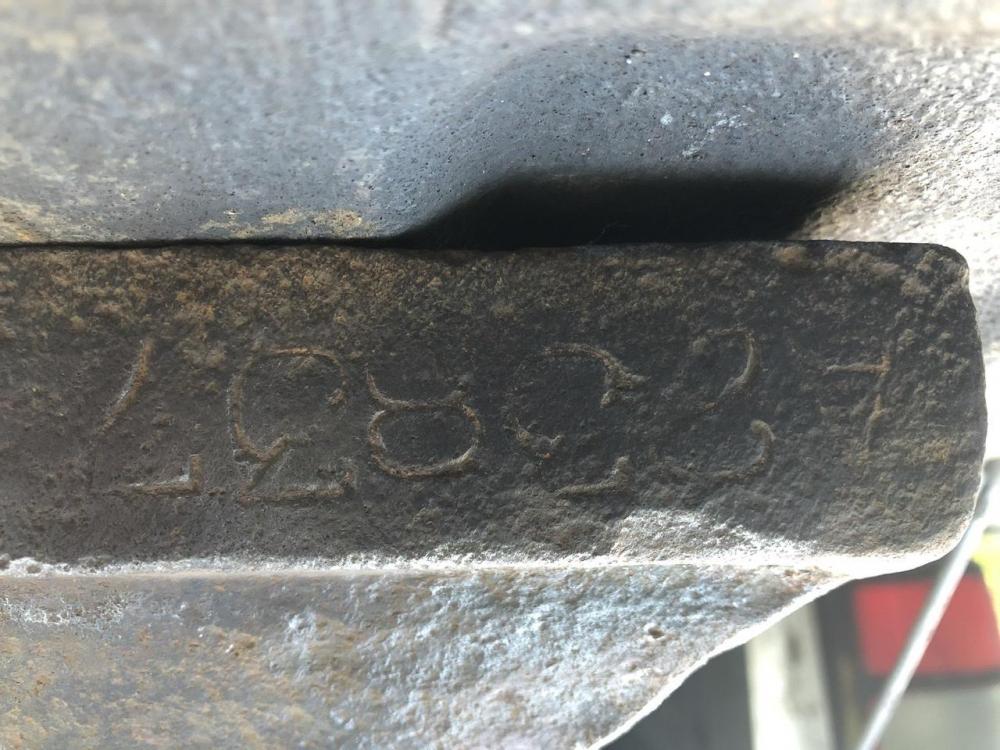
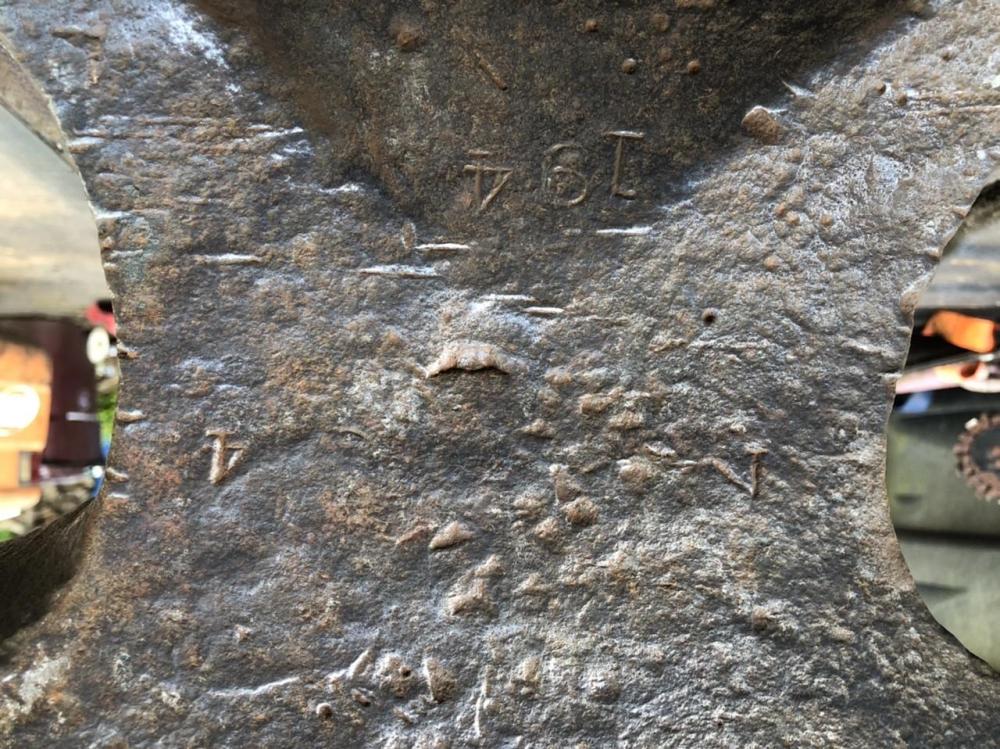
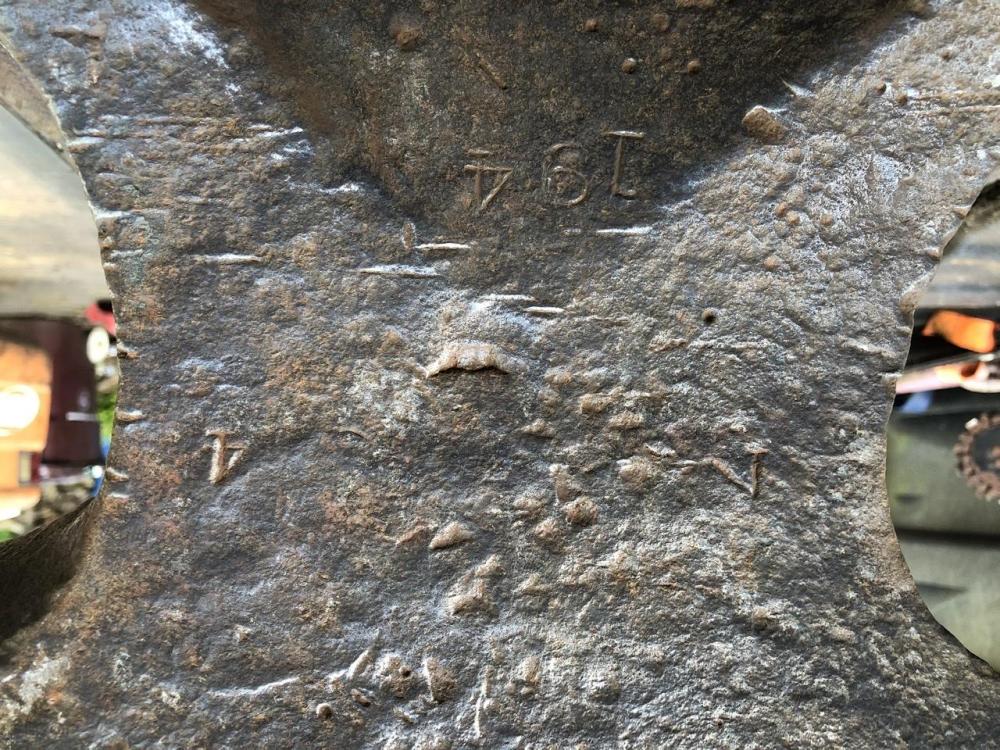
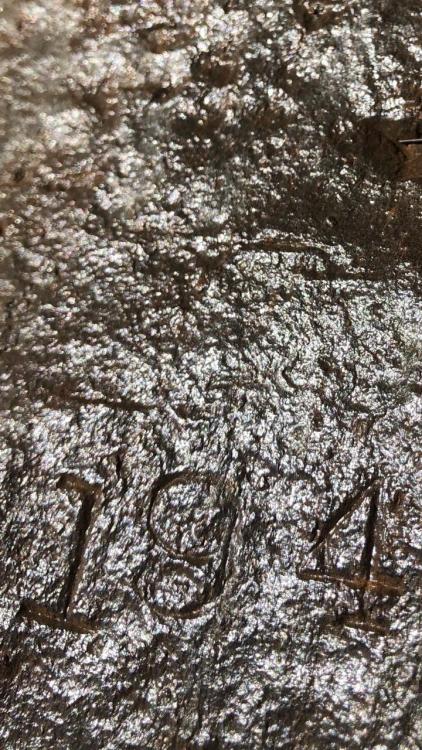
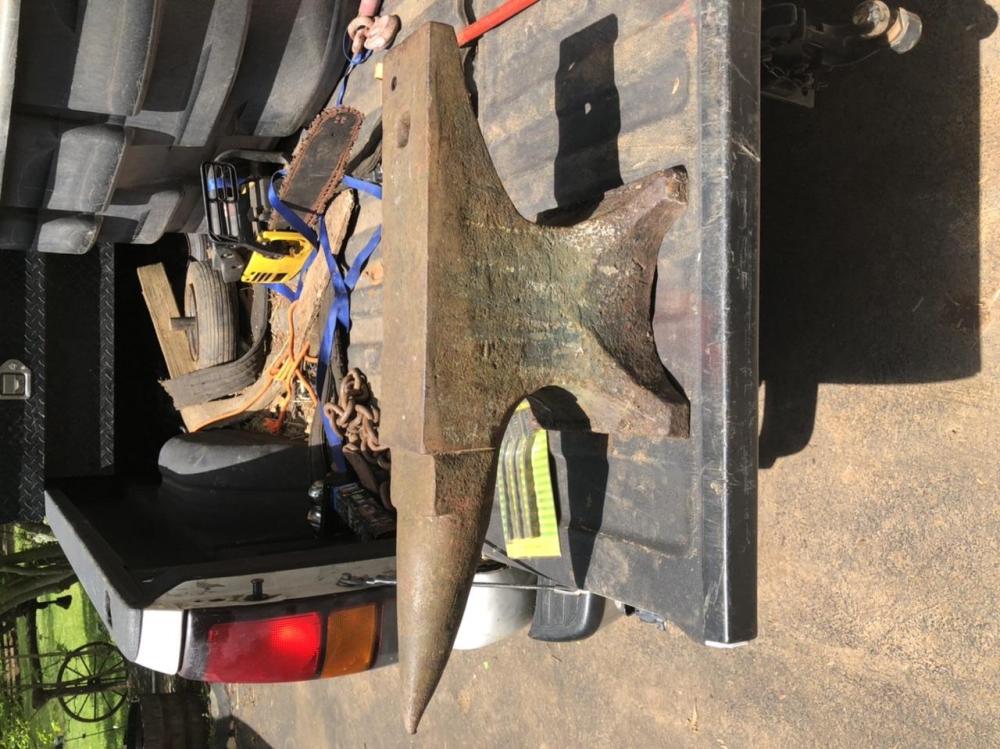
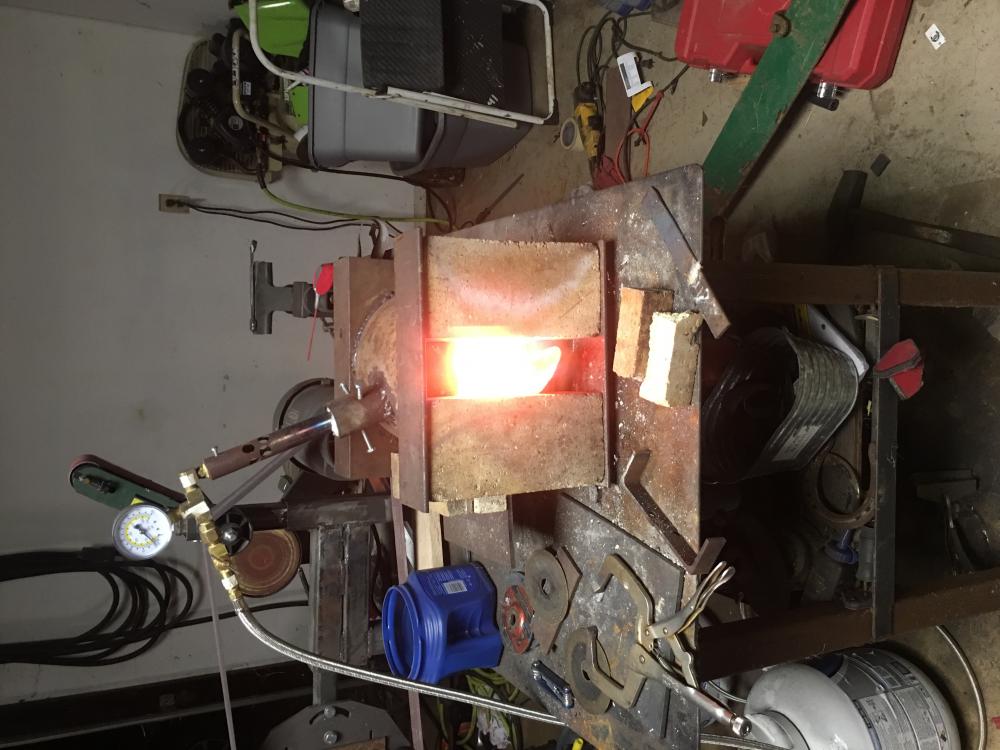
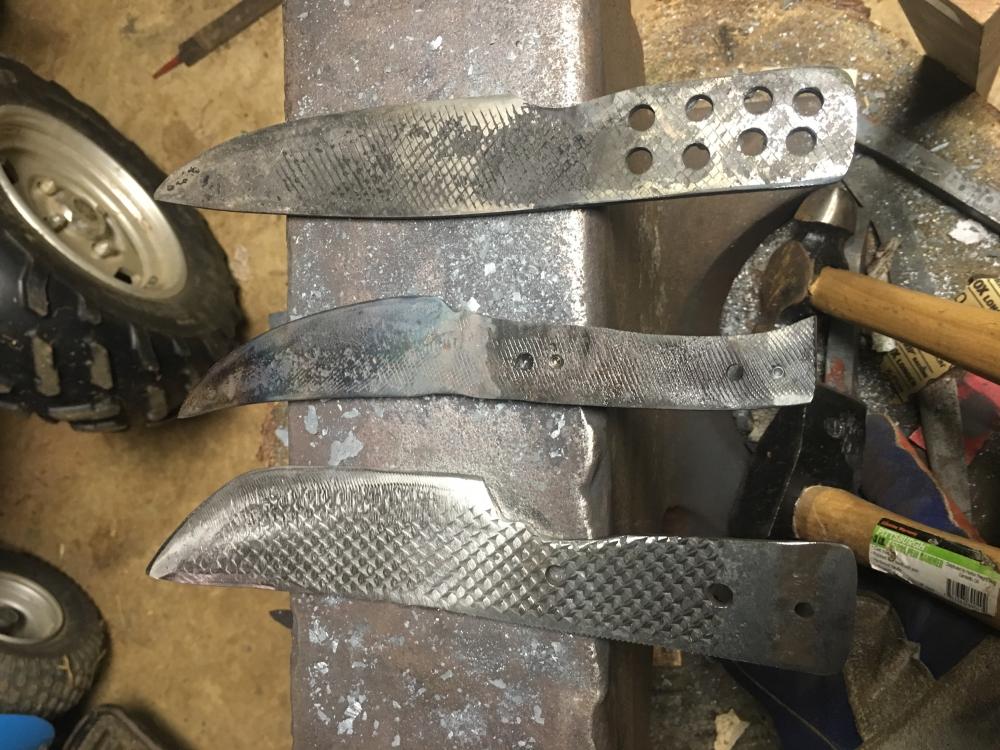
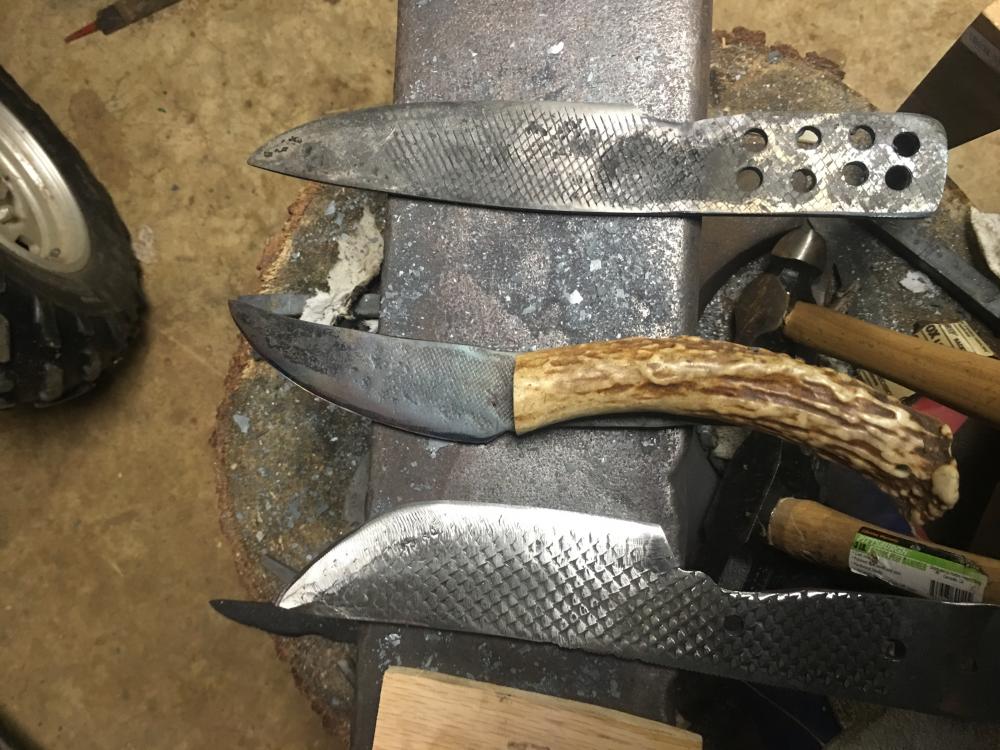
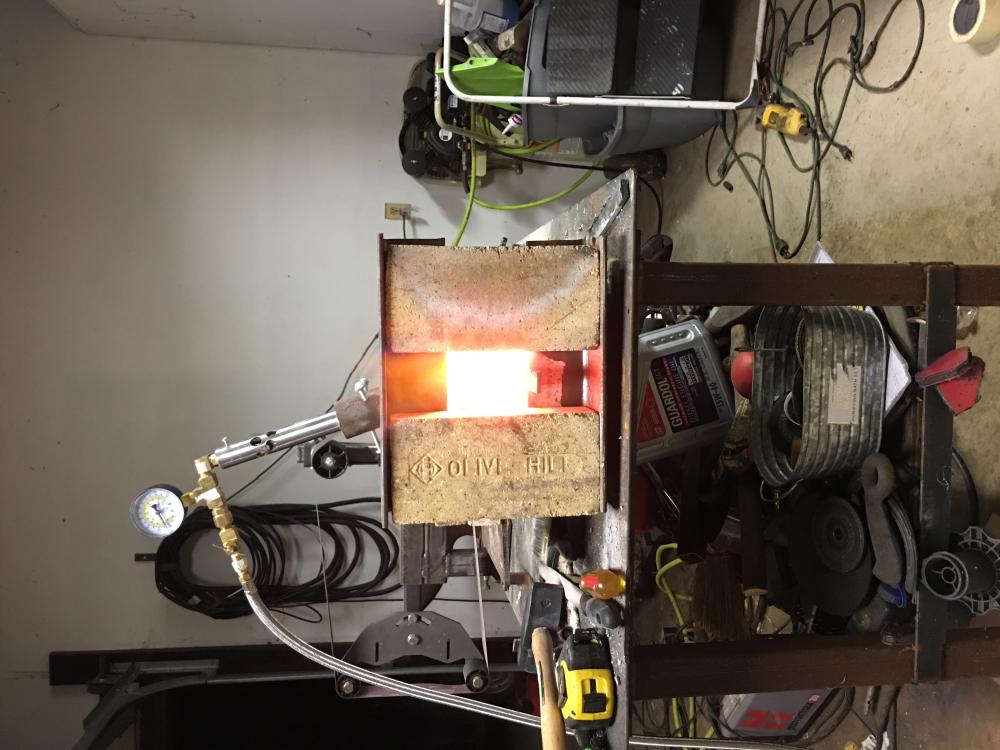
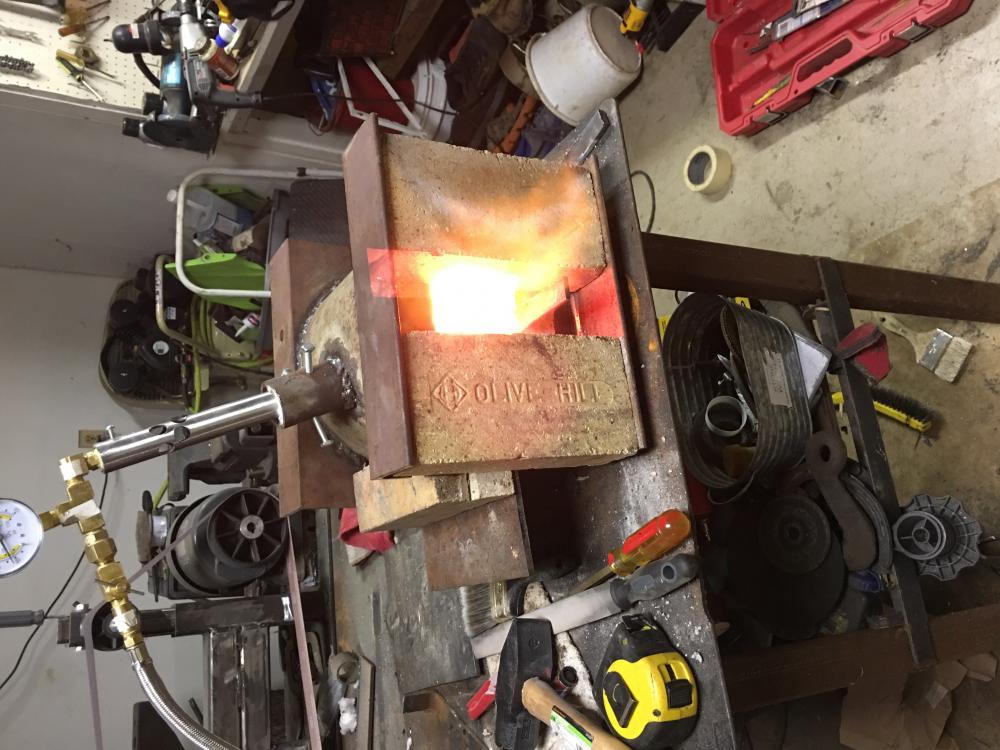
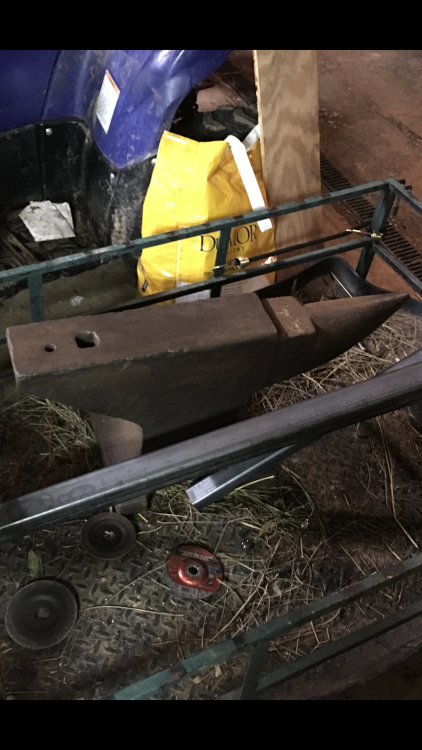
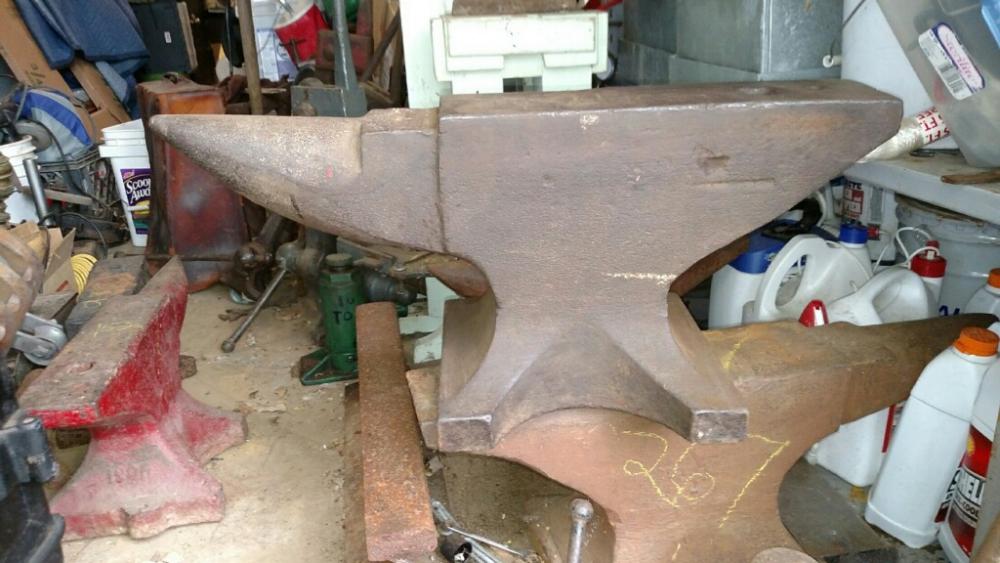
Scored a good one
in Anvils, Swage Blocks, and Mandrels
Posted
Yes. Left side on the front of the base